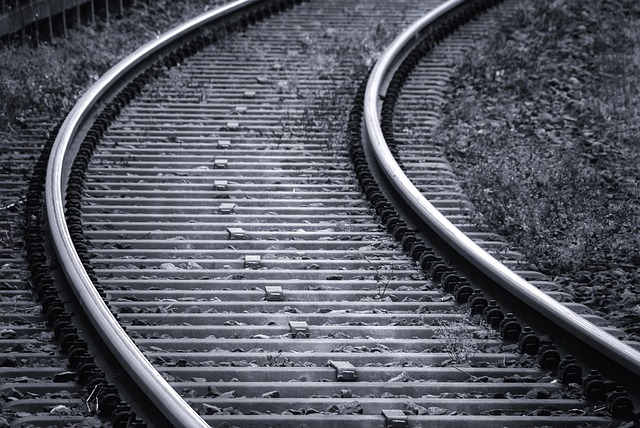In industrial design, understanding metal fabrication processes is key to creating durable, aesthetically pleasing products. Designers must be skilled in techniques like welding, cutting, bending, and casting, and collaborate closely with fabricators for accurate realization. Material selection dictates load capacity, environmental exposure, and durability, with metals like steel, aluminium, or alloys each having unique properties. Advanced manufacturing tools like CAD and CAE enable precise geometry creation and stress analysis, optimizing layout and reducing material waste. Precision techniques such as CNC machining, laser cutting, waterjet cutting, and press braking form the basis of innovative metal structures, ensuring structural integrity and adhering to industrial design standards through rigorous QA and safety measures.
“The art of metal fabrication is a cornerstone of industrial design, enabling the creation of robust platforms, frames, and supports that underpin countless applications. This article delves into the intricate world of metal fabrication processes, offering insights for designers and manufacturers. We explore material selection, engineering considerations, precision production techniques, and critical quality assurance measures. By understanding these aspects, professionals can optimize their approach to designing and manufacturing essential industrial components.”
- Understanding Metal Fabrication Processes for Industrial Design
- Designing Platforms, Frames, and Supports: Material Selection and Engineering Considerations
- Production Techniques and Tools for Precision Metal Fabrication
- Quality Assurance and Safety Measures in Metal Platform, Frame, and Support Manufacturing
Understanding Metal Fabrication Processes for Industrial Design
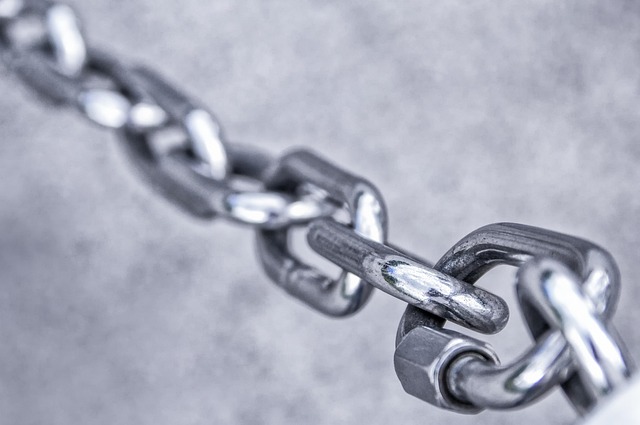
In the realm of industrial design, understanding metal fabrication processes is paramount. Metal platforms, frames, and supports form the backbone of countless products, from furniture to machinery. To achieve the desired forms and functions, designers must grasp the unique properties of various metals, such as strength, ductility, and corrosion resistance. They also need to be familiar with key fabrication techniques like welding, cutting, bending, and casting. These processes directly impact the final product’s durability, aesthetics, and manufacturability.
For instance, laser cutting offers precision and efficiency for intricate designs, while welding combines multiple metal pieces into robust structures. Industrial designers who incorporate these fabrication methods can create innovative, functional, and aesthetically pleasing products. By collaborating closely with fabricators, they ensure that their visions translate accurately from concept to finished product, meeting the high standards demanded by modern industrial design.
Designing Platforms, Frames, and Supports: Material Selection and Engineering Considerations
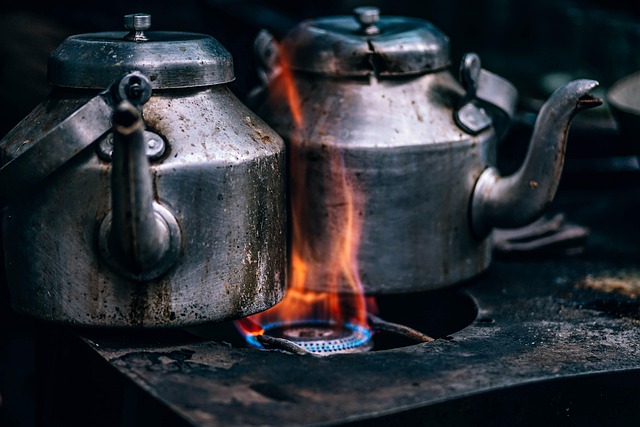
When designing metal platforms, frames, and supports for industrial applications, material selection is a critical initial step. Factors such as load capacity, environmental exposure, and durability determine the suitability of different metals like steel, aluminium, or even alloy blends. Each material has unique properties that influence manufacturing processes and structural integrity. For instance, while steel excels in strength and rigidity, its weight can be a drawback for certain applications. In contrast, aluminium offers lightweight solutions but may require additional coating to enhance corrosion resistance.
Engineering considerations further shape the design process. These include dimensional accuracy, precision crafting, and ensuring compatibility with existing infrastructure or machinery. Advanced manufacturing techniques like computer-aided design (CAD) and computer-aided engineering (CAE) tools play a pivotal role in creating intricate geometry and stress analysis. These technologies enable engineers to optimise the structural layout, reduce material waste, and enhance overall platform performance, thereby meeting the exacting demands of modern industrial settings through meticulous Industrial Design.
Production Techniques and Tools for Precision Metal Fabrication
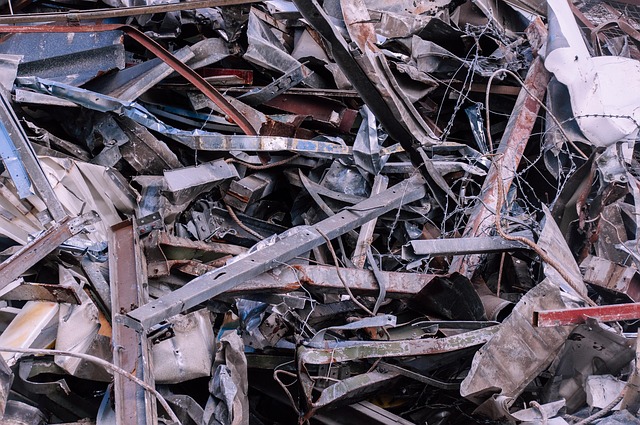
In the realm of industrial design, precision metal fabrication forms the backbone of many innovative creations, from intricate machine components to robust structural frames. The art of shaping metal requires a meticulous approach, and several advanced techniques have been developed to achieve unparalleled accuracy and quality. One of the primary tools in a fabricator’s arsenal is computer numerical control (CNC) machinery, which utilizes programmed commands to move cutting tools with remarkable precision, enabling the creation of complex shapes and patterns. This technology ensures consistent dimensional accuracy, making it ideal for producing custom metal components.
Laser cutting and waterjet cutting are other precision fabrication techniques that have gained prominence. Laser cutters offer exceptional detail and precision, making them suitable for intricate designs. Conversely, waterjet cutters excel at handling thicker materials, delivering clean cuts with minimal material waste. Additionally, press braking machines play a pivotal role in forming metal sheets into diverse shapes and angles, contributing to the creation of robust frames and platforms. These production techniques, when combined with advanced industrial design principles, unlock endless possibilities for crafting durable and aesthetically pleasing metal structures.
Quality Assurance and Safety Measures in Metal Platform, Frame, and Support Manufacturing
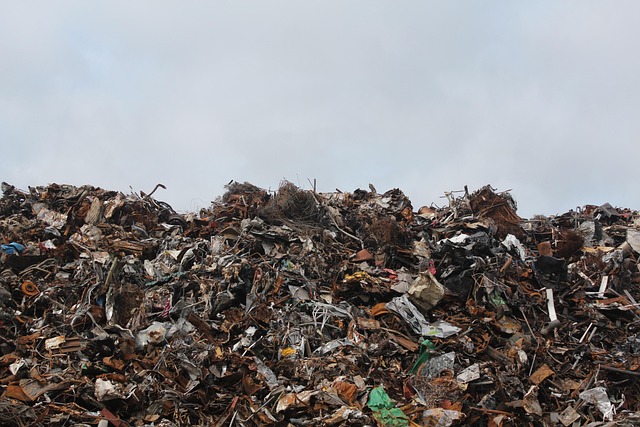
In the manufacturing process of metal platforms, frames, and supports, Quality Assurance (QA) and Safety Measures are paramount to ensure robust structural integrity and adherence to industrial design standards. Rigorous QA protocols involve meticulous inspections at each production stage, utilizing advanced technologies like computer-aided detection systems to identify even the smallest deviations from specifications. These checks guarantee that every component meets the required dimensions, tolerances, and material properties, ensuring optimal performance and longevity.
Safety is a core concern in metal fabrication, reflecting a commitment to protecting workers and the environment. Standard safety protocols include comprehensive personal protective equipment (PPE) provisions, regular employee training on machinery operation and maintenance, and stringent adherence to occupational health and safety regulations. Additionally, implementing robust engineering controls, such as automated systems and advanced guarding mechanisms, minimizes risks associated with heavy machinery and sharp edges, fostering a safer industrial design process.
The fabrication of metal platforms, frames, and supports is a critical aspect of industrial design, demanding a blend of material expertise, engineering precision, and meticulous quality control. By understanding the intricacies of metal fabrication processes, designers and manufacturers can create robust, durable, and aesthetically pleasing structures that enhance various applications. This article has provided an in-depth look at material selection, production techniques, and safety measures, equipping readers with the knowledge to navigate the landscape of metal platform, frame, and support manufacturing for their industrial design projects.
